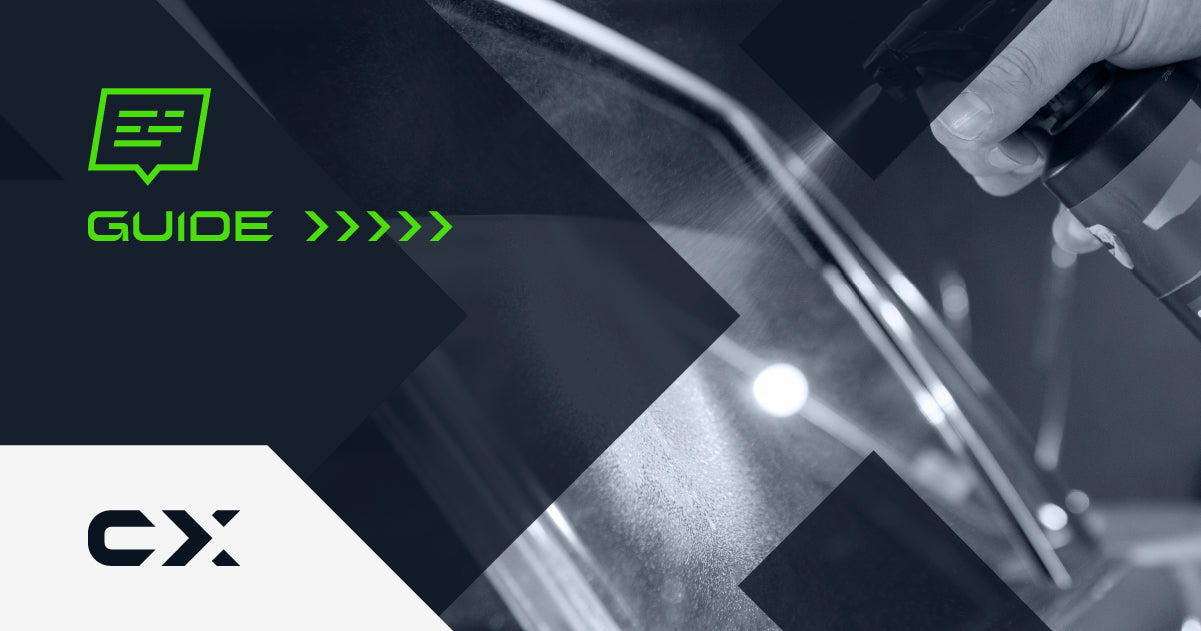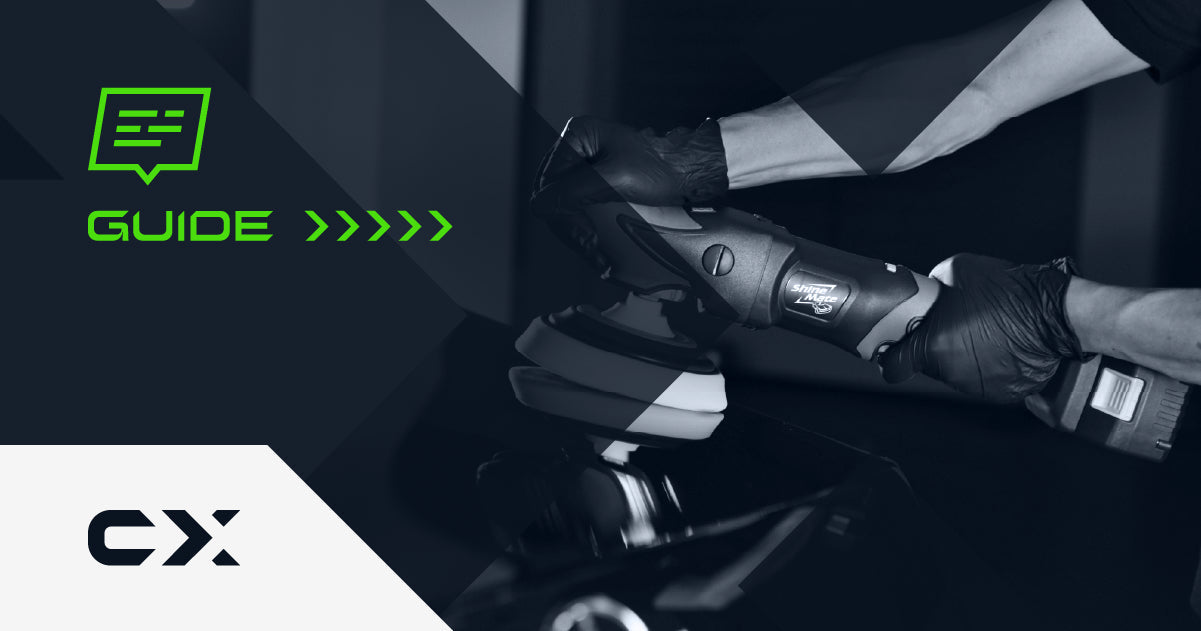After having performed an adequate washing of the vehicle, followed, if necessary, by decontamination, any paint defects will emerge, if present.
Evaluating the type of damage present on the bodywork, analyzing the surface in depth, is essential before proceeding with the polishing cycle. Performing this action is essential for two reasons:
- It allows you not to waste working time running various tests to understand which solution to adopt.
- Eliminates the risk of proceeding with the wrong or too aggressive cycle for the surface.
Let's see what defects can be found and how to perform a correct evaluation.
SWIRL
OPACIZATION
ORANGE PEEL
DIRTY
HOLOGRAMS
PORK TAILS
LIMESTONE
FERROUS RESIDUES
DROPPINGS
STONE SHOTS
/// SWIRLS
These are circular marks (cobweb-shaped) caused mainly by roller washing or hand washing but done incorrectly or even by dry cleaning when the surface is full of sediments that scratch it.
Because of these marks, the light is not reflected uniformly, causing the paint to lose its shine and depth .
Since this is a superficial defect, it can easily be eliminated with the correct polishing which requires less aggressive combinations, such as Final Cut 9000 or Fixer combined with the yellow sponge pad.
/// OPACIZATION
It can be caused by excessively thick layers, by atmospheric agents or by poor or incorrect care of the paint:
- Polishing done incorrectly.
- Aggressive washing.
- Surface eroded by atmospheric agents due to lack of maintenance.
Dulling causes a loss of shine , localized or widespread, which can be resolved with a corrective polishing similar to that for swirls.
/// ORANGE PEEL
It is characteristic of the paint layer that appears wrinkled. The causes can be multiple, especially if it is factory painting or subsequently performed in a body shop.
To reduce or eliminate it, you need to resort to heavy sanding or polishing with a Denim Pad .
Since this is a slightly more complex process, we recommend that you read the dedicated Guide where you will find more details, techniques and advice.
/// DIRTY
They are small and irregular swellings , caused by foreign particles (dust/dirt) of different sizes, shapes, types and arrangements, caused by impurities present in the paint booth or by the suction of dirty air.
To remove them, you need to resort to sanding followed by polishing. We recommend using the EB201 mini sander , specifically designed for removing dirt.
/// HOLOGRAMS
These are among the most minor and easily removed surface problems . They indicate that the car has been subjected to an incorrectly performed polishing.
However, if the first surface level is concerned, a correctly performed finishing polish is sufficient.
/// PIG TAILS
These are marks left by a random orbital sander or polisher caused by a possible foreign particle being inserted between the disc and the surface.
In most cases they require sanding (if the marks are severe) followed by polishing, with an abrasive compound such as Diamond Cut 3000 combined with a microfibre pad .
/// LIMESCALE STAINS FROM WATER DEPOSITS
Limescale is defined as water stains on the painted surface, generally circular in shape, whitish and light in color, caused by the drying of a solution of water and mineral salts. The internal surfaces are normally intact, while the external contours are often slightly swollen.
In this case, the damage assessment must be very thorough in order to understand how much the drops have penetrated the transparent.
Depending on the severity of the defect, you can proceed with:
- Combined pH wash + limescale decontaminant
- Clay bar decontamination
- Corrective and finishing polishing
/// FERROUS WASTE
Easy to spot as they are pitted corrosions on the painted surface. Hot or incandescent iron particles penetrate the painted surface, burning it.
To eliminate them, it is necessary to proceed with decontamination, using decontaminated products for ferrous residues or, if necessary, the Clay Bar .
/// DROPPINGS
This type of defect is also easily recognizable, they are drop-shaped or wavy-shaped accumulations of paint that can be found on vertical surfaces.
As for the Pig Tails they require sanding followed by polishing, just like in the case of orange peel. Here too we recommend reading the dedicated Guide.
/// STONE CHIPS
The stones, of different weights, shapes and sizes, are projected against the paint at different speeds. Depending on the force of the impact, they can damage both the enamel and the underlying layers until they reach the support.
In places where the painting cycle has been neglected, moisture infiltrations occur which can cause flaking and rust. The only solution in this case is to proceed with repainting .




